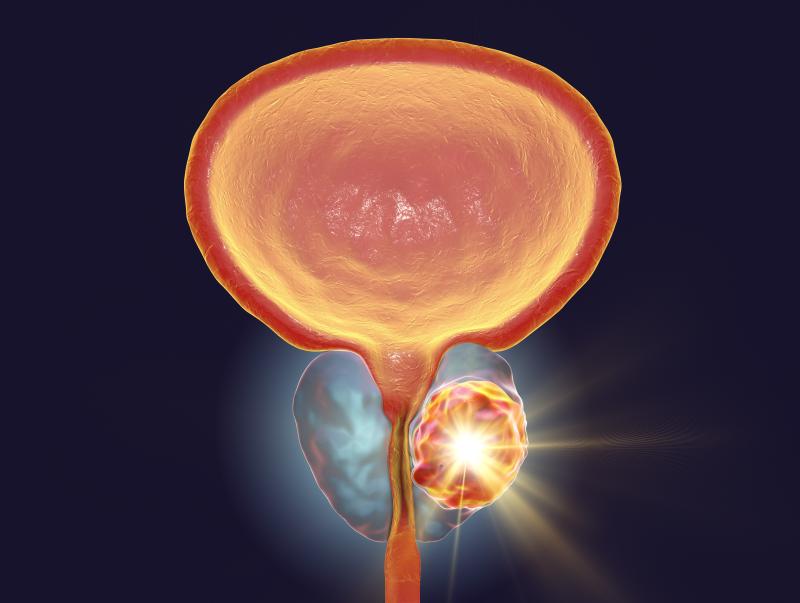
Radiotherapy (RT) remains a better option for prostate cancer (PCa) than focal laser ablation (FLA), a recent study has found. Using the latter as an alternative for the former may need “careful consideration.”
Drawing from the Surveillance, Epidemiology, and End Results database, the researchers assessed outcomes in PCa patients who had been treated with either RT (n=93,041; mean age, 66.66±7.73 years) or FLA (n=428; mean age, 70.07±8.56 years). Those in the FLA group were older and had lower prostate-specific antigen levels and Gleason scores than their RT counterparts.
In the RT group, 81,015 deaths were reported, of which 1,303 were due to prostate cancer-specific reasons. In comparison, there were 356 deaths in the FLA arm, seven of which were due to prostate cancer.
Multivariate regression analysis revealed that FLA was associated with significantly worse overall survival (OS) than RT (hazard ratio [HR], 1.91, 95 percent confidence interval [CI], 1.51–2.40; p<0.001). No such differential effects were reported for cancer-specific mortality (CSM; HR, 1.73, 95 percent CI, 0.82–3.64; p=0.147).
Propensity score matching yielded similar results. RT remained significantly superior to FLA in terms of OS (HR, 1.50, 95 percent CI, 1.17–1.93; p=0.001), and CSM remained statistically comparable between groups (HR, 1.48, 95 percent CI, 0.66–3.32; p=0.336).
“In the future, if FLA can solve its current technical shortcomings such as navigation, imaging, and precision, its therapeutic effect may be better with favorable survival benefits and functional protection at the same time,” researchers said. “But at present, RT should have a priority over FLA in the management of low risk and intermediate risk PCa.”